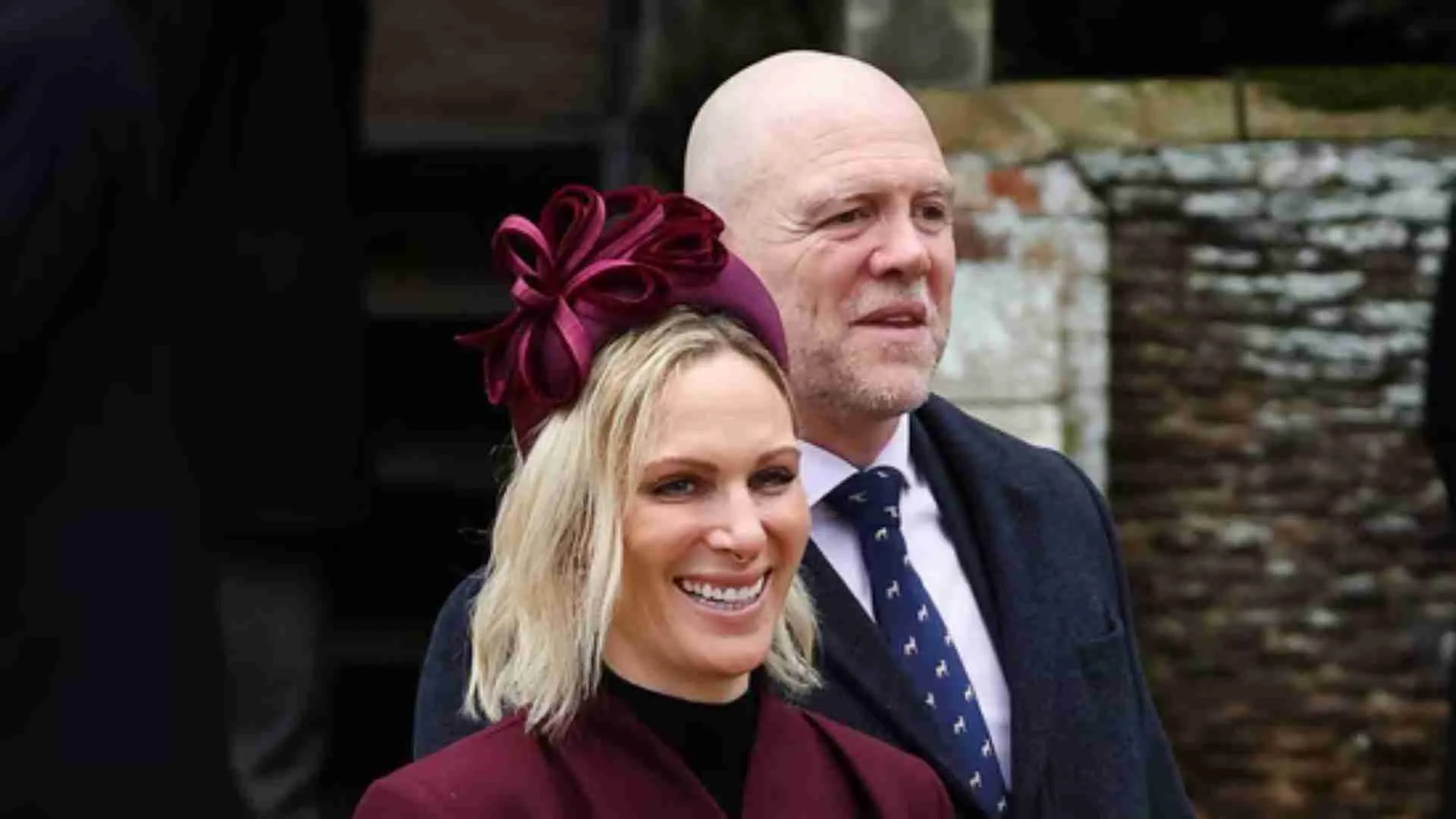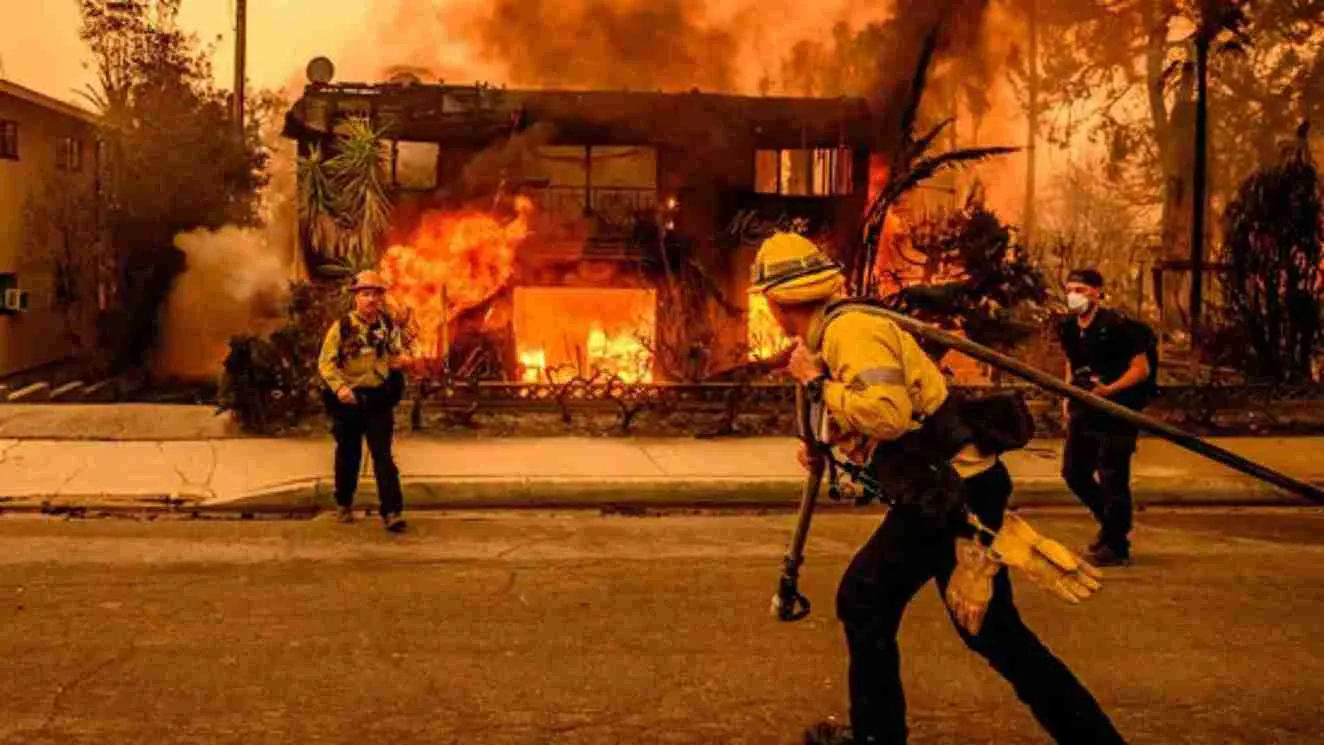The recent death of Bangalore techie Atul Subhash is a tragic event that has sparked intense debate about gender-based laws in India. While it’s deeply concerning that the system and society collectively failed him, leading to such a drastic step, it would be a grave oversight to make sweeping statements about all women being “gold diggers” or to characterize laws like Section 85, 86 of Bharatiya Nyaya Sanhita or the Domestic Violence Act as tools for persecuting men. Before jumping to conclusions, making generalisations and demanding amendments in legislation to make laws gender-neutral, it’s crucial to examine the history of these laws, the social context that necessitated their enactment, and their evolution to date.
Historical Context and the Need for Protection: While the West witnessed the second wave of feminism in the 1960s, campaigning for legal and social equality for women, their counterparts in newly independent India were still struggling to break free from centuries-old traditions of dowry and systemic social subordination. In the decades that followed, even as the Indian economy experienced several growth spurts, women’s contributions remained largely unrecognized, with many still restricted to lives of domesticity. The Dowry Prohibition Act of 1961 was an early attempt to address these issues, but it achieved little in terms of actually curbing the practice of dowry. By the 1980s, the scourge of horrific dowry-related crimes was rampant in India, manifesting in brutal ways. This led to the introduction of Section 498A of the IPC in 1983, specifically designed to address domestic violence and protect women’s rights in marriage. Women’s rights movements in the 1970s and 1980s highlighted the urgent need for legal protection against cruelty in marriage. The primary objectives of Section 498A were to:
1. Prevent cruelty against married women by their husbands or in-laws
2. Penalize those who harass or coerce women to meet unlawful demands
3. Protect women from domestic abuse
Section 498A is a non-bailable, non-compoundable, cognizable offense, meaning that the case against the husband or relatives remains even if the parties reconcile. The punishment for breaking this law is up to three years in prison and a fine.
Evolving Perceptions of Gender Equality: Over the years, I’ve developed a theory about gender equality based on my experiences with university students aged 17 to 25. I believe that women’s perceptions of gender equality have evolved across generations. Women from my grandmother’s generation were taught that they were inferior to men, and they accepted this indoctrination without question. Things began to change for my mother’s generation, who were young women in the 1960’s -70s when the Women’s Rights Movement was gaining momentum in the West. While they started to question accepted principles, I believe that deep down, they never truly felt equal to men. My generation, born in the 1980s, saw a shift in thinking wherein we were taught that we were equal to our male counterparts. However, I estimate that only about 20% of us had life experiences that put this ideology into practice, and the same percentage truly believed in their equality with men. The rest viewed it as an abstract social theory that couldn’t be implemented in real life. Fast forward 20 years to those born after the turn of the century. These young people are special because not only were they taught that men and women are equal, but they also believe it. At least the women of this generation believe they are no less than men. This theory is based on my observations and interactions with different age groups, particularly my students. It reflects the gradual change in attitudes towards gender equality over the past few generations. While I state with some confidence that women who are presently in the age group of 20 and above at the moment do see themselves as equal to their male counterparts, I cannot say the same about the men of this generation with as much certainty.
The Debate Over Misuse and Potential Amendments: Critics of Section 498A (now Sec 85 and 86 of BNS, 2023) argue that it allows women to make false allegations against their husbands without evidence. Others maintain that the law is crucial for supporting women who are vulnerable to abusive husbands. The Supreme Court of India has expressed concerns about the potential misuse of Section 498A, and in 2009, the Ministry of Home Affairs issued a letter to Chief Secretaries of states and Union Territories to check the misuse of this legislation.
Yes, we acknowledge with heavy hearts that some women have misused this law. But can anyone truly guarantee, with unwavering certainty, that if Section 498A is amended and made gender-neutral, it won’t become yet another weapon in the hands of those who wish to perpetuate cruelty against women? In a society where women have been systematically oppressed and marginalized for generations, can we afford to take such a risk? Picture, if you will, the countless women who have found solace and protection in this law. Imagine the fear that grips their hearts at the thought of losing this shield. For many, it’s not just a legal provision – it’s a lifeline, a beacon of hope in the darkness of abuse and injustice.
We must ask ourselves: In our haste to address the misuse by a few, are we willing to potentially sacrifice the safety and well-being of many? The wounds inflicted by centuries of patriarchal dominance are still raw and healing. Before we make any drastic moves, we must tread carefully, with empathy and understanding for those who have suffered in silence for so long. Our society stands at a crossroads. The path we choose now will echo through the lives of countless women for years to come. We must err on the side of caution. Let us not, in our quest for perfect justice, inadvertently pave the way for further injustice.

















